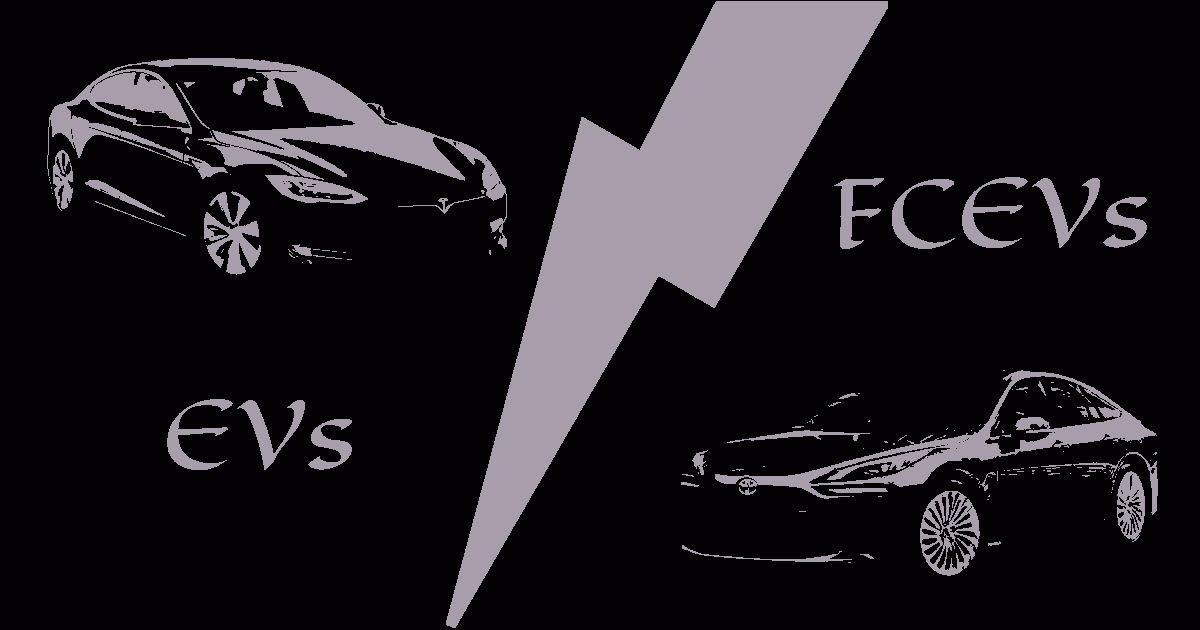Why emission-free transport would not be the best idea?

In search to find alternatives to the reduction of emissions from the Internal Combustion Engines in the field of transportation, companies came up with the following alternatives.
- BEV-Battery Electric Vehicle or Electric Vehicle (EV).
- HEV-Hybrid Electric Vehicle.
- PHEV-Plugin Hybrid Electric Vehicle.
- EREV-Extended Range Electric Vehicle.
- FCEV-Fuel Cell Electric Vehicle.
Out of all these EVs and FCEVs have emerged as the most feasible option. BEVs are completely emission-free during operation and have been in the market for some years now. They seemed to be perfect until recently when FCEVs arrived in the market. FCEVs unlike EVs are not emission-free, they emit pure water during operation. This water though lacks the essential minerals of drinking water, is so pure that it can be consumed by living organisms. Astronauts produce water in space using the same principle. Now let us see how both the vehicles operate.
Battery Electric Vehicles (BEVs)
Battery electric vehicles are completely electric and operate completely on the power delivered from their batteries. Due to this reason, they have a very short range of operation. There is no medium to recharge the batteries inside and hence these vehicles are recharged by plugging in to an external power grid. This can be done even at home similar to how we charge our mobile phones. This way of charging is called AC charging and takes lots of time. On the other hand, BEVs can also be fast-charged at a DC charging station similar to refueling gasoline engine cars. BEVs have lots of advantages over modern IC Engine-powered vehicles in that they are smarter and require less maintenance due to fewer moving parts.
Fuel Cell Electric Vehicles (FCEVs)
Fuel Cell Electric Vehicles are similar in operation to EVs except that they receive their power from an electricity generator powered by hydrogen called Fuel Cell. There are several types of fuel cells available but the common ones used in FCEVs are referred to as hydrogen fuel cells which generate electricity from the reaction between hydrogen and oxygen. Unlike batteries that need to be recharged, fuel cell continues to produce electricity as long as they are supplied with hydrogen which means, there is a tank that stores hydrogen simar to a fuel tank in modern cars. These storage tanks store hydrogen under high pressure due to hydrogen's low volumetric energy density. FCEVs can completely operate without batteries but normally has a small auxiliary battery to support continuous operation.
Conclusion
Looking at the overview BEVs or EVs seem to be a more promising means of transport, but the fact that they are powered by batteries makes them an indirect demon to the environment. Batteries are not a source of energy they are just the storage medium of the primary energy carrier i.e. Electricity and hence need to be recharged. This seems no problem on the front line when the electricity is supplied from a renewable source. In practice, this is close to impossible because of geological reasons. The entire Earth cannot be powered by renewable energy alone. The energy from renewables is still not stable and cannot be depended on for the energy needs of the future and, even if it can be relied on, some parts of the Earth would still produce more electricity than others. Hence this surplus amount of energy generated should be equally distributed and batteries are not efficient to handle this. There comes hydrogen. Hydrogen though should be produced artificially, is available in abundance, and is the best way to store energy. Apart from being an energy source, hydrogen is also an energy carrier and is cheaper to transport over long distances compared to electricity. This is why FCEVs are also needed.
When renewable energy can be used to produce hydrogen. It can be stored, transported, and used wherever and whenever needed and in whatever form needed. It can also be used to power the FCEVs. Unlike EVs, FCEVs have a faster refueling time, and when a good supply chain for hydrogen is established FCEVs would be the only efficient medium of transport. This doesn't mean that EVs are bad. EVs are the best when it comes to short-range transportation and hence must also be developed. Therefore EV manufacturers should see FCEVs as a healthy competitor rather than something that's unnecessary because in order to attain the goal of environment-friendly means of transport on a global level both EVs and FCEVs are needed.
-Afrin Hewitt Alban.